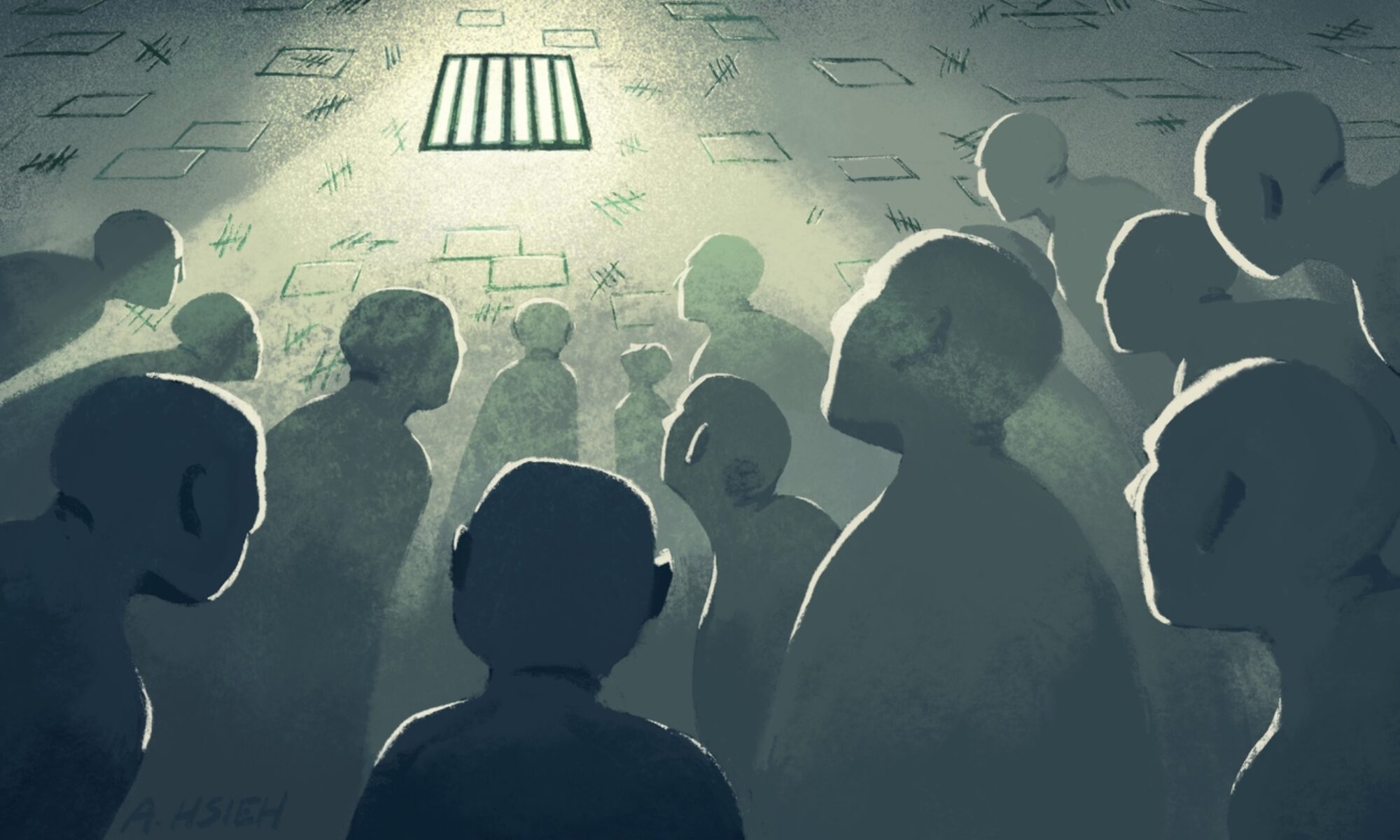As previously established, mass incarceration is truly one of our generation’s most pronounced and systemic problems. The United States has the world’s highest rate of incarceration, as well as one of the world’s highest rates of recidivism. Beginning in the 1970s, the Republican party began to tout “tough on crime” rhetoric to entice voters. They commenced what is commonly known as the “War on Drugs” by passing legislation to buckle down on punishment for drug related offenses. Since then, U.S incarceration rates have skyrocketed. Currently, 2.2 million people in the United States of America are imprisoned, and this high level of incarceration is not distributed evenly across all communities. Black and Brown Americans are incarcerated at rates alarmingly higher than those of White Americans– the Sentencing Project reports that Hispanic Men are 2.7 times more likely to be incarcerated than White men, while Black men are a staggering 6 times more likely to be incarcerated than White men.
Not only is the sheer number of incarcerated people a problem within itself, but the high volume of people living in prisons leads to a slew of other problems. These include maltreatment, abuse, chronic health issues, broken communities and an extremely high price tag for taxpayers. It must also be noted that many prisons are built on polluted and otherwise undesirable land, often leading to poor air quality and exposure of prisoners to toxins. While maltreatment and neglect are technically illegal, many government officials turn a blind eye to the ever worsening living conditions of prisons across the U.S in an effort to maintain “order”.
The figure below displays what is described as a systems thinking approach to problem solving. This method involves considering broadly the ways that a specific problem impacts people and institutions through multiple lenses.
A systems thinking approach to this problem has helped me to do the vital work of connecting the dots between the different facets of sustainability and the problem of mass incarceration. As stated in the definition of sustainability presented in the last paper, there are three main components to sustainability- economic, social and environmental. Systems thinking particularly brought to the surface of my mind the economic connections between the problem and potential solutions.
The economic sustainability of mass incarceration is clearly in violation of our definition of sustainability and the objectives of a sustainable future as established in essay one. Taxpayers spend around 80 billion dollars a year funding prisons while continuously seeing released prisoners returning to confinement at high rates. Economically, it is not to the benefit of the American people or the government to be spending such a large sum of money on incarcerating people in a clearly continuous cycle. That money could be better spent on programs that serve the greater good like education, meal security programs and healthcare costs to invest capital in care-centered, lasting change for communities. Communities with the highest rates of crime are often those with some of the highest rates of poverty. Crime stems from lack of resources and a person’s need to take care of themselves and their loved ones. Therefore, I conclude that alleviating need and resource scarcity in poor communities will, in turn, reduce crime and punishment. Additionally, by releasing large volumes of prisoners incarcerated for nonviolent offenses and non-serious crime, we will seriously deter the economic strain of the current carceral system, leaving us funds to invest in improving restorative justice and rehabilitation programs for more serious offenders.
It is important to note that releasing such a large number of people from being sustained by a system could create a variety of unintended consequences. Without providing released prisoners with vocational training, rehabilitation and other resources, many could easily end up homeless or jobless. An effort that is intended to be liberating could create even more of a lasting problem. To combat this consequence, I propose that all released prisoners be offered fair wage vocational positions in their communities including upgrading of safely placed prisons to safer, more care-centered spaces, demolition of prisons built on dangerous land, and other green infrastructure centered work. These positions must include an offer of healthcare and temporary housing. I would propose severe cuts to the military spending budget to provide the finances for these initiatives. This would cause a whole new set of stakeholders to be involved in this project including, but not limited to, the GOP, corporations and workers with ties to the military industrial complex and veterans. Stakeholders currently benefiting from positions at unsafely located prisons would also be affected and concerned about the proposed solutions.
Crafting a care-centered response to this sustainability crisis is truly of high importance because of its nature as a racial justice issue. Black communities in the United States are more frequently in poverty and have a lack of resources as compared to White communities. The stakeholders in these communities would be crucial to involve in any conversations about how to best serve prisoners being released from incarceration as to avoid saviorism and to provide resources directly based on the requests of the communities most affected. The previously proposed solution would need to be proposed and revised by low-income communities of color to be considered a viable option moving forward.
Systems approaches prove to us the ever-expansive nature of modern society’s problems. As I move forward with investigating mass incarceration further through the lens of sustainability, I fully expect to continue recognizing solutions, consequences and barriers to all of my proposed ideas.
Citations
